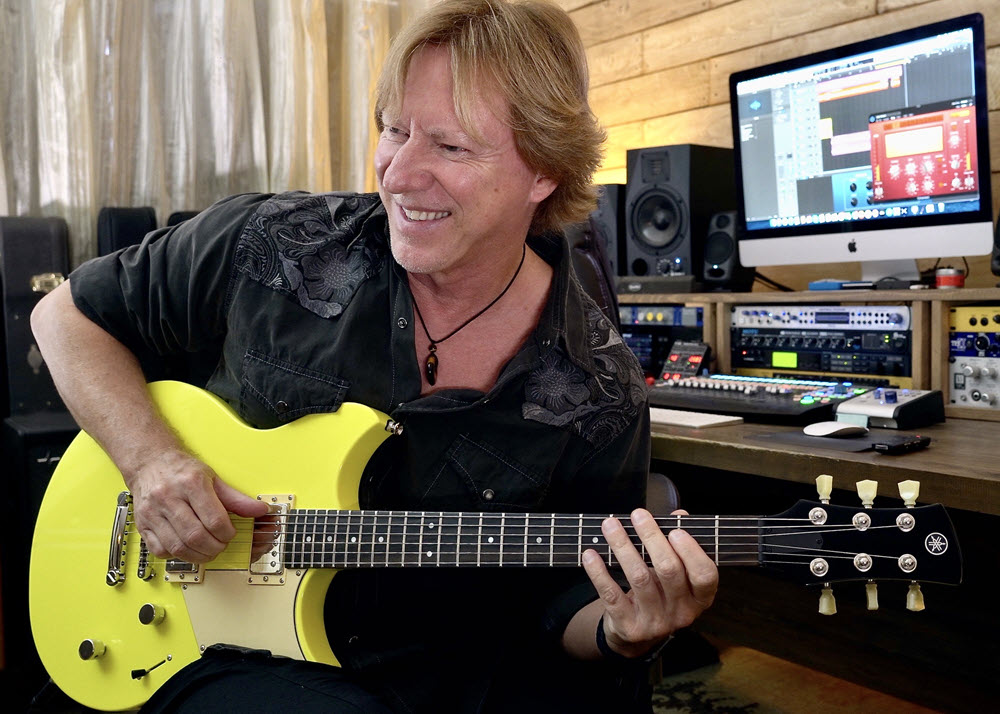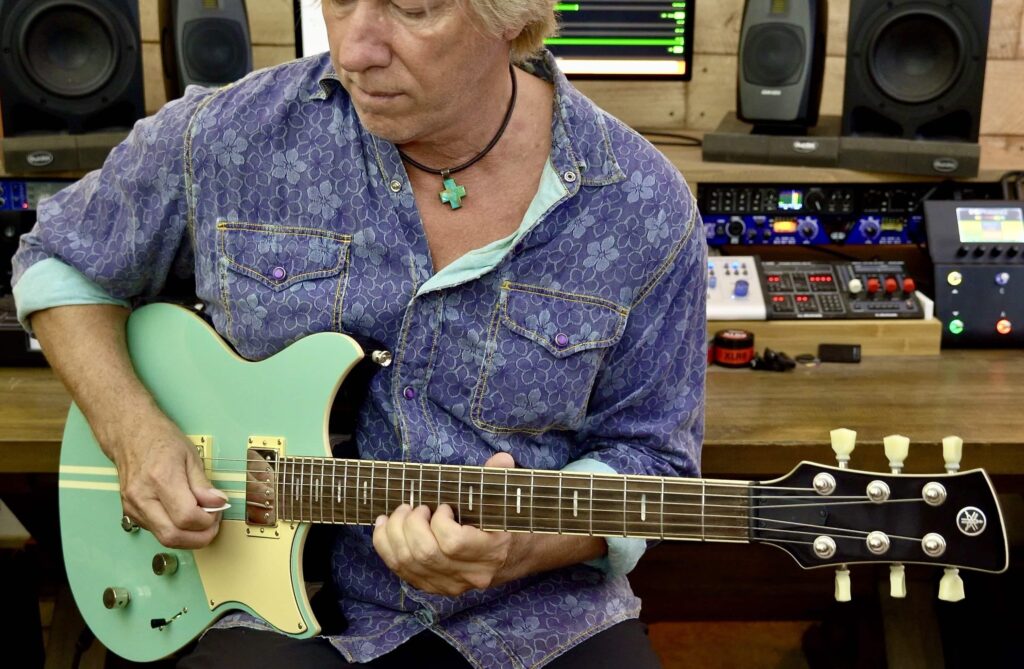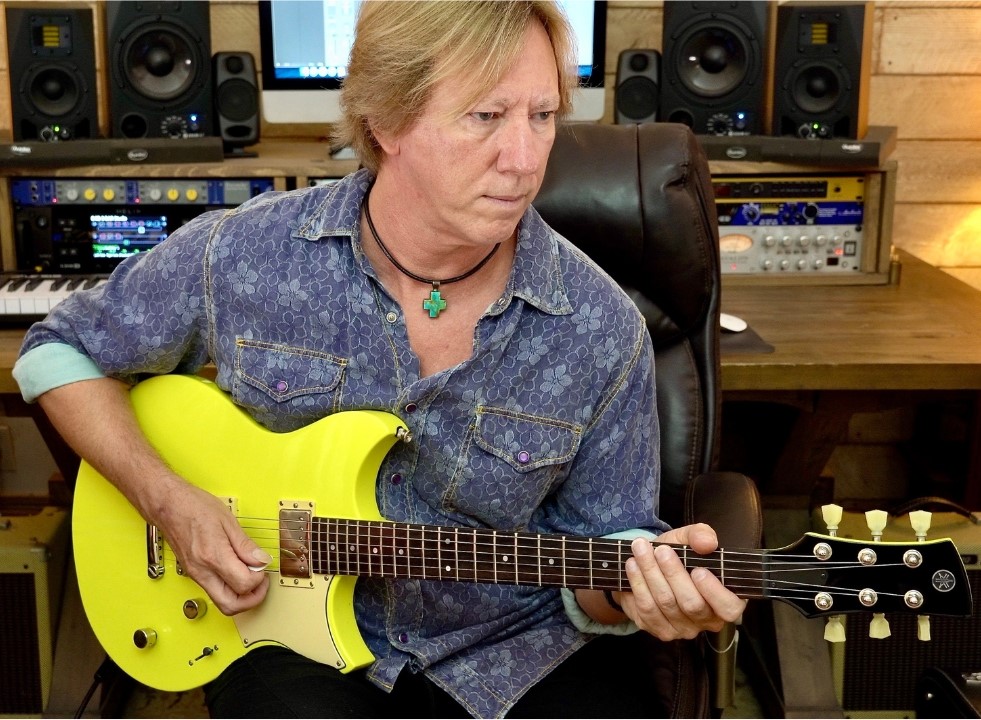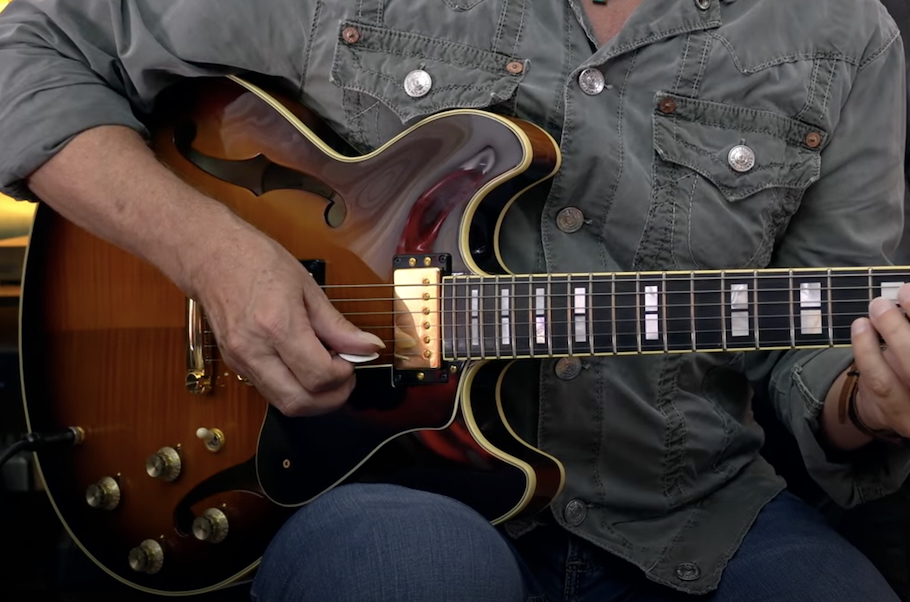10 Things Every Guitarist Should Know
Playing the guitar is more than just being a guitar player.
I’ve studied music both formally and informally for decades, and I don’t think I’ll ever come close to mastering the guitar.
Philip Sudo, the author of the book Zen Guitar, states that even when the player feels they’ve reached black belt status as a musician, they should wear the belt so much that it becomes white again. I take this to mean that you will always be a perpetual student, and there will always be something new to learn.
Here are some of the unexpected aspects of guitar that I never thought about when I first started learning to play.
1. Tuning Isn’t Overrated
It’s vital that you learn to tune your guitar! Nothing will ruin your tone or turn the listener off quicker than being out of tune. I can’t tell you how many times I’ve watched a video demo or YouTube lesson and the guitar was out of tune.
Tuning is much more than the open strings being at the correct pitch. Intonation is critical too, and is set by making sure that the open string pitch is also perfect when fretted at the twelfth fret as well as when you’re playing a harmonic at the twelfth fret.
Be aware that old, rusty strings will affect your tuning, as will applying too much pressure on the fretted notes. The B-string is often the culprit, as it has the lowest tension of all the strings. You can offset this by substituting a heavier gauge string.
Also check that the nut slots have been cut low enough to offer a small amount of relief over the first fret. Too much height at the nut will cause you to apply extra pressure to connect with the open position fret wires, thus pulling the strings sharp and out of tune from their intended pitch.
2. Setup Really Does Make a Difference
Guitars can be setup to your own personal preferences, and even to accommodate certain playing styles and techniques. Don’t underestimate how important this is.
For example, bluegrass flat-pickers prefer a high action, as this enables more break-angle for the strings … which achieves more volume from the top of an acoustic guitar. My preference is to have the neck set almost perfectly straight, with the absolute lowest action at the nut and bridge. I want to play the guitar, not fight it! If you have strong hands, you may want to set your action a touch higher and put heavier strings on your guitar to counteract the force at which you play.
I also like to have one of my guitars set up specifically for playing slide. If the action is too low, you’ll get rattle as the slide passes over the fret wires. I actually don’t mind a little of that on acoustic guitar, but not so much on higher gain electric guitar passages.
If you are struggling with the action on your guitar, talk to a luthier about making adjustments to help you get more from your instrument.
3. Give Extra Attention to Tone and Tonality
Searching for the “Holy Grail” of tone is the pilgrimage most guitar players embark on once they acquire a reasonable level of proficiency.
In my opinion, great tone comes from within, and is imparted to your fingers when you are listening to your inner being, soul and emotional self. That said, the gear you choose will have a huge impact on tone too.
I know so many people who use certain guitars because their favorite player does. They keep trying to make it work for them … but it just doesn’t. That’s because they are not aligning themselves with instruments that resonate on the same frequencies as them — something I’ve written about before.
Instead, choose your gear based on feel and the complementary resonant frequencies imparted. Don’t let the gear define you or your tone. Carve your own musical path.
4. Try Out as Many Different Guitars as You Can
Who knew there were so many options when it comes to selecting a guitar?
The truth is, there are so many variables in tone, playability and aesthetic that it can be overwhelming when trying to choose your favorite six-string.
Every aspect will make a difference, so it’s worth auditioning as many guitars as possible before taking the plunge. This is a major investment that can help you improve your progress — or possibly impair it if the instrument is completely wrong for you.
Get advice from a professional if you are new to guitar, and be completely honest with your vision and goals for your musical growth.
I own a wide selection of guitars, but over the years I have definitely ascertained that my favorites are either semi-acoustic or hollow body electrics. I just like how woody the tones are, and how spongy the playing response is from the strings … even though it’s taken me 40 years to realize this!
5. The Muscle Memory Will Come
We’ve all heard the aphorism “practice makes perfect,” but that’s not necessarily true. It’s actually more accurate to say “good practice makes perfect.”
Repetition is a great way to learn musical passages, but you also need to make sure you are playing the passages correctly and repeating them without mistakes. If you continually repeat the same mistakes, you’re practicing mistakes and rehearsing those elements into your performances … which is not a good thing.
Repetition also builds muscle memory by conditioning your mind and body to repeat stock phrases or techniques you employ on a regular basis. So as long as you keep practicing, the muscle memory will come! This will be especially comforting for beginners who might get frustrated at first because it’s so hard to stretch your fingers into unnatural positions. Trust me, over time, they will become fully natural positions, and your fingering will become almost automatic.
By the way, speed and clean performances are a byproduct of accuracy. Practice new material at slower tempos, then bring them up to performance speed gradually. This way, you are conditioning your hands and fingers to retain the muscle memory of excellence and precision.
6. Listen to Other Guitarists and Styles of Music
We all have our own personal tastes in music, but if you’re learning to play guitar — or any other instrument, for that matter — your progress can only accelerate if you’re open to listening to genres outside your comfort zone. That’s because the instruments, amps and effects that professional musicians choose for studio recordings can often inspire new textures that you can adapt to your own music. In fact, even genre-specific techniques, note choices and harmonic structures also translate into most other varieties of music.
My taste in music has shifted over the years. Perhaps the complexity of jazz was too much for me to comprehend and appreciate fully when I was younger, but I’ve learned to develop a deep admiration for many of the guitar players working in that genre. My exposure to decades of different kinds of music has given me a deeper understanding of “tension and release” within harmonic structures and how simple melodies often create the best pop songs. So open your ears! It can only aid in your development as a musician.
7. Learn Other Instruments’ Solos on Guitar
Professional guitarists often study and learn the solo improvisations of world-class horn players and saxophonists. The legato flow and pitch of wind instruments can be achieved with fingerings and breath, allowing the notes to sustain with the air flow and gradually change pitch without the need for physical transition between strings and fret positions, as is necessary on guitar.
Guitarists can also learn a great deal about phrasing from horn players. Wind players need to breathe between their phrases, and this allows them time to create phrases and spaces within those lines and licks. In fact, the term “licks” originates from horn players having to lick their lips between phrases.
Of course, guitar players don’t need to breathe between the notes, and so we develop a different sense of phrasing … unless we learn to “breathe” with our hands — a topic and technique I described in a previous blog posting.
8. Expand Your Guitar Skills by Playing Other Instruments
I’m a huge fan of learning the language of music and how musicians communicate with each other. Part of that is learning to play instruments other than the one you’re studying. For guitarists, a great place to start is electric bass, which has the same tuning and string intervals as the bottom four strings of the guitar, albeit an octave lower. You’ll find that you can use the same scales, arpeggios, double-stops and chords that you’ve learned on the guitar, except you’ll want to apply them to support the harmony. I love playing bass, as it allows me to underpin the harmonic structure yet inform how the chords are perceived by sometimes taking an inversion or pedal-tone approach.
I’m a terrible keyboard player, but my knowledge of music theory helps me understand and explore the myriad of sounds created by keyboard instruments. I’m an even worse drummer, but giving yourself a cardiovascular workout behind a drum kit is a great way to develop solid rhythm skills (not to mention the health benefits). Although Ringo Starr was the official drummer for The Beatles, there are plenty of photos of John, George and Paul having a bash on his kit, and for good reason. In fact, Paul even played drums on a few select Beatles (and Wings) recordings.
The bottom line is this: When you play other instruments, you gain a better understanding of orchestration and how those instruments work in harmony with the guitar … which helps make you a complete musician, not just a guitar player.
9. Think Like an Arranger
If you play with other musicians, listen first and respond with appropriate tones and parts that complement the music and support the lead instrument, whether that’s vocals or a saxophone. It’s important to be a team player and to know that you are an ingredient, not the soup.
Even if you play solo, you’ll want to orchestrate your music with guitar parts that support the melody and lyrics of the songs you’re playing … and remember that even rhythmic content is part of the orchestration. If the groove, tempo and pocket don’t support the harmony, it won’t matter how cool the chords are.
Sometimes playing nothing is the best thing for an arrangement. Use dynamics to accentuate your input. This kind of sensitivity will go a long way to making your parts “breathe.”
10. Don’t Compare Yourself to Other Guitarists
Even the most accomplished guitarists in the world sometimes have a tinge of insecurity, believing that there are better players out there. While it’s fine to constantly aspire to improve your playing technique — and there’s nothing like a little competition to stimulate that — I think we need to ask whether this kind of personal comparison is a healthy and productive way to develop as a musician.
My opinion is that we should find inspiration in what other musicians offer in terms of their musicality, technique and experience, and learn to integrate aspects of those admirable traits into our own “big picture” goals.
But know this: No one will ever be you, so embrace your individuality, recognize the areas that need improvement, and do the work to attain personal growth.
The Video
Here’s a video that demonstrates how one guitar — in this case the Yamaha Revstar RSE20 — can create layered guitar parts in a dense mix. With careful use of the pickup selections, orchestration and playing “in the pocket,” you can make each part supplement the next for a full production.
I used a Line 6 Helix guitar processor to create all the effects you hear: a subtle phaser on the single-note rhythm part, harmonic tremolo on the fingerpicked intro guitar, and a long delay for the lead lines.
The Guitar
The neon yellow Revstar RSE20 has a vibrant personality, just waiting to be tapped into. (I’ve named mine “Neon Leon”!) Its tuned, chambered mahogany body musically enhances the notes being played, expanding their resonant frequencies so they sustain longer.

The two Alnico humbucking pickups are smooth and warm, making the RSE20 a good choice for all styles of music. The tone control doubles as a pull-pot “dry switch” that expands the pickup tones further by reducing the bass frequencies for extra clarity.
The Wrap-Up
Playing the guitar is so much more involved than we first imagine. Once we make the connection with the right instrument, it becomes a soul mate, a twin flame we can’t live without. And it’s like any relationship: Some days we love each other, and sometimes we fall out over the smallest of miscommunications. It’s both random and a defined set of principles all at the same time.
As you go through this journey, you start to understand that playing the guitar is more than being a guitar player. It’s not just physical — it’s spiritual, emotional. It’s about developing disciplines and skillsets that shape our creative world. It’s the unknown that we want to know, who we are and who we want to be … an unexpected evolution of self-expression through music.
Photos courtesy of the author.















